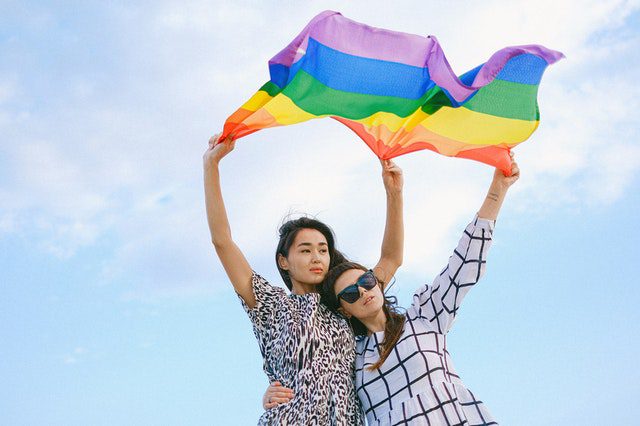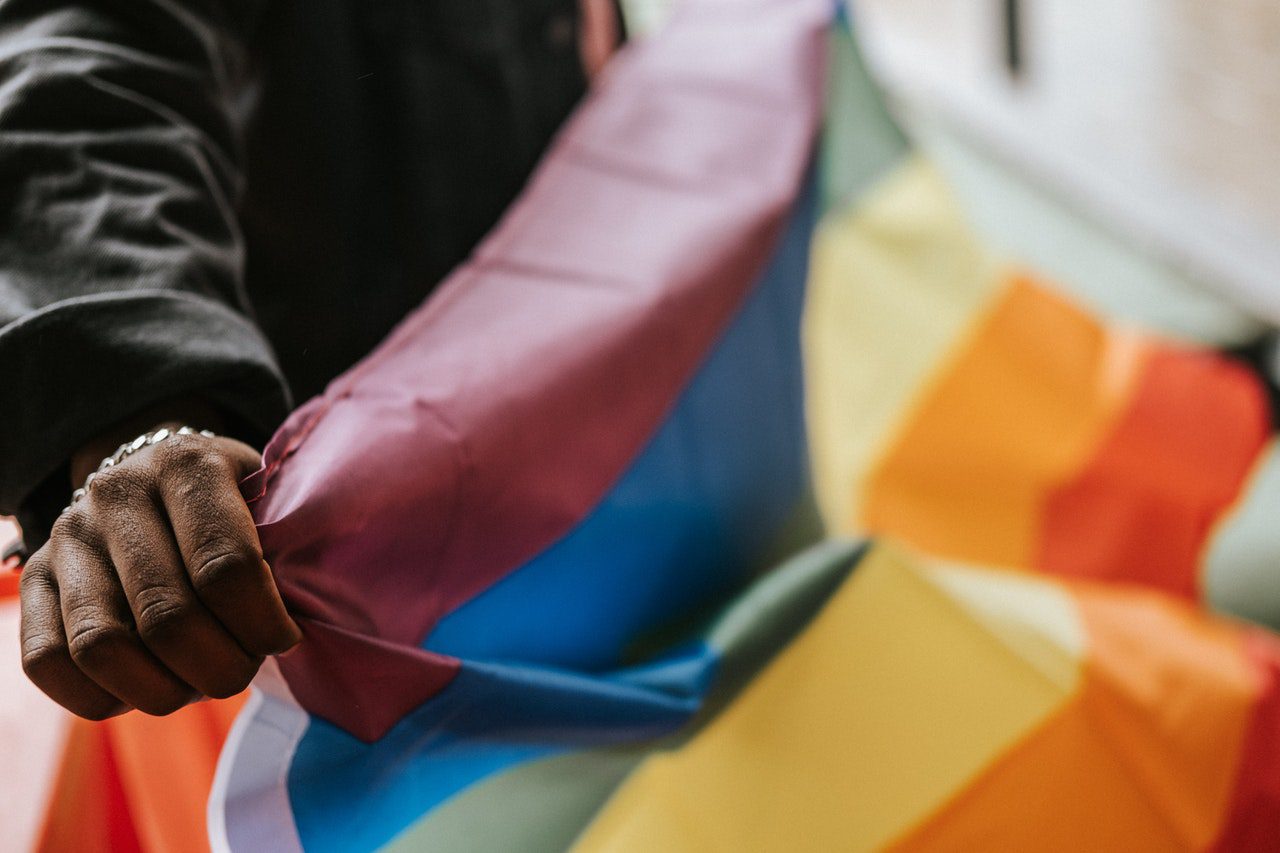
WHAT IS THE PRIDE FLAG?
Brief History
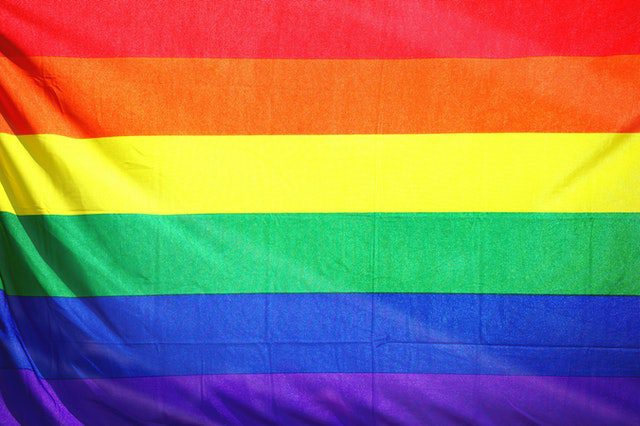
The first rainbow flag was designed by Gilbert Baker in 1978. The flag was created as a symbol for the LGBTQIA+ community (Lesbian, Gay, Transgender, Queer, Intersex, Asexual) and it first flew at the San Francisco Gay Freedom Day Parade. Baker's original pride flag had eight colors which included pink and turquoise stripes. Today's rainbow flag has six colors, excluding the prior pink and turquoise ones.
Prior to the existence of the rainbow flag, the widely recognized symbol for the LGBTQIA+ community was the Pink Triangle. The roots of this symbol are however very eerie and speak to the history of violence that the community faced during the Nazi regime in Germany. Indeed, the pink triangle was previously used as a means for Nazi Germany to identify queer people and in turn torture and kill them. A realization of this is a big part of why Baker decided to redesign the symbol, creating the rainbow flag that today flies high in shops, homes, schools and other institutions in a number of countries.
What Does the Pride Flag Mean?
There is an air of hope that the pride flag inspires, with its colors overall representing peace, diversity and positivity in the LGBTQ+ community.
What Do The Pride Colors Represent
- Red – Life
- Orange – Healing
- Yellow – Sunlight
- Green – Nature
- Indigo – Serenity
- Violet -Spirit
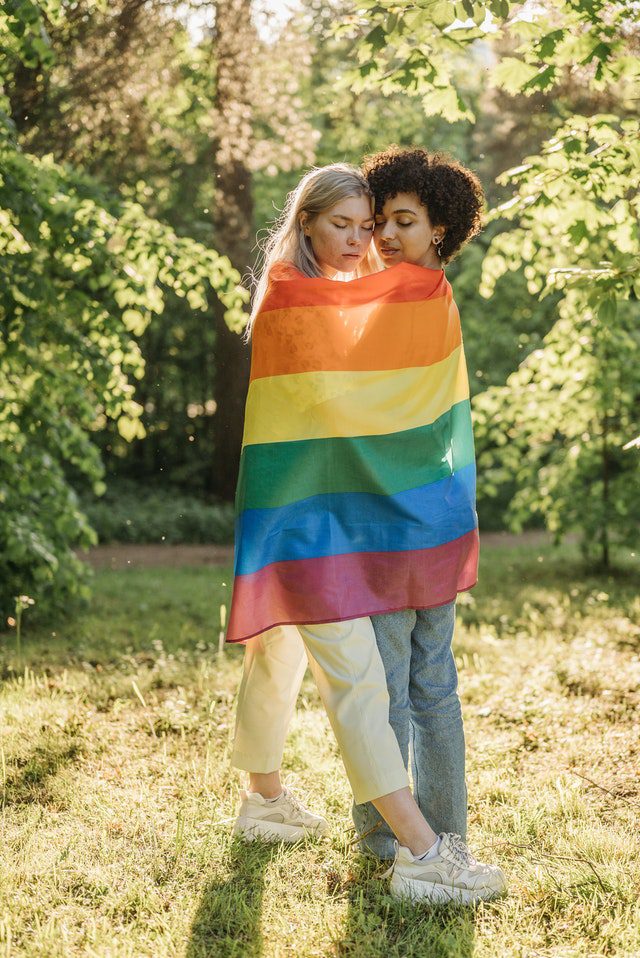
Flag Context
The rainbow flag is also known as the pride flag or 'gay flag'. Over the years it has become more commonplace to consider a more universal term. The world has adopted the term 'pride flag' as the most acceptable name for it.
This is because pride flags represent far more than solely the gay community. Pride flags speak to both the fluidity of gender as well the spectrum of sexuality that exists. When you consider the fact that a rainbow is the most universal symbol of a light spectrum that exists in science and in turn, the world -it becomes obvious why this is the ideal symbol for the wide range of forms that love and identity can come in.
While pride flags have gone a long way in allowing queer people the space for community and self-actualization thereof, they also work to increase the visibility of the community to even those outside of it.
The rainbow flag is a bold display of confidence from a community that has historically, and today, faced large-scale violence and exclusion from society at large. Simply displaying the pride flag can go a long way to creating support for the community. When coupled with moments like pride month or an event like pride march, this support is only further cemented.
What is Pride
Gay Pride is the most popular term for pride. However, pride is indeed indicative of all pride, it has also been known as LGBT pride and LGBTQ pride. Generally, pride is a celebration of the queer community, and June is considered pride month. In the United States and other countries all over the world, a pride march is held in June that not only celebrates being queer but also commemorates LGBTQI+ icons that have fallen over the years as well as the constant struggle against social and state-enforced violence.
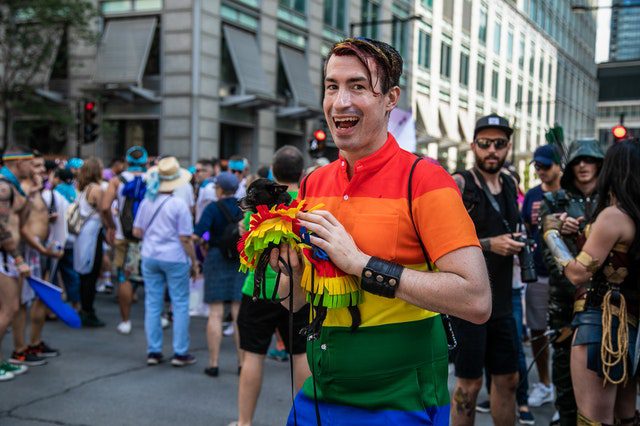
Pride Month and Pride March
The Stonewall march of 1969 was the first major instance of this. The Stonewall march is a series of days in which lesbian, gay, transgender and other queer people congregated on June 28th, 1969 in rebellion following a police raid at the Stonewall Inn bar in New York City's Greenwich Village.
Pride seeks to not only celebrate queerness and the vastness of sexual expression but also acts as a form of resistance against structures that oppress and exclude members of the queer community.
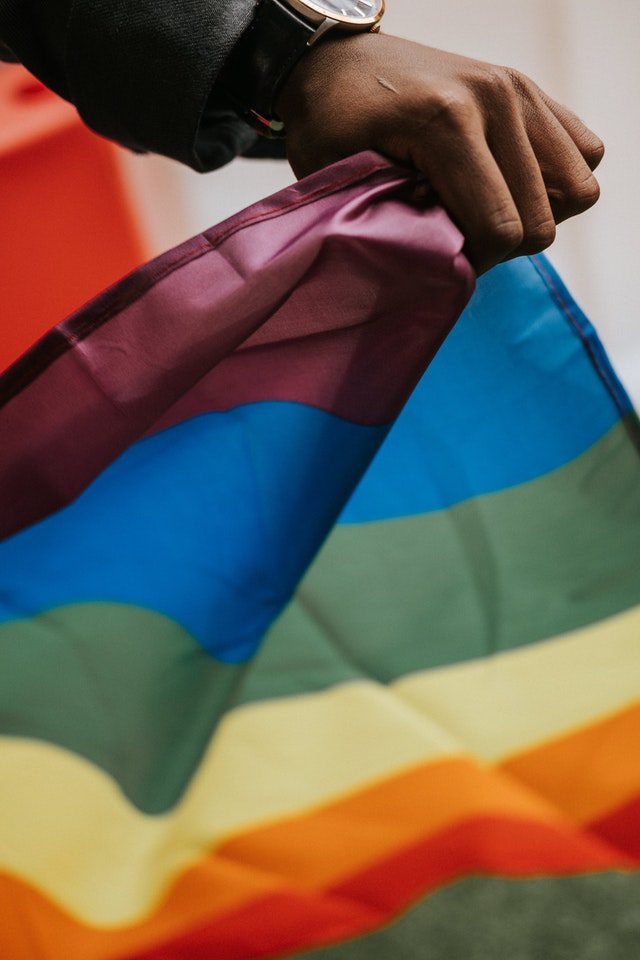
Having Pride
For many, pride month also acts as a time for them to truly express their identity, feelings and indeed, pride. Proclaiming who they are within a community of people who can relate and engage deeper with you is liberating for a lot of people, the pride flag is a constant reminder of that and goes a long way to create community and joy when it is seen flying high.

